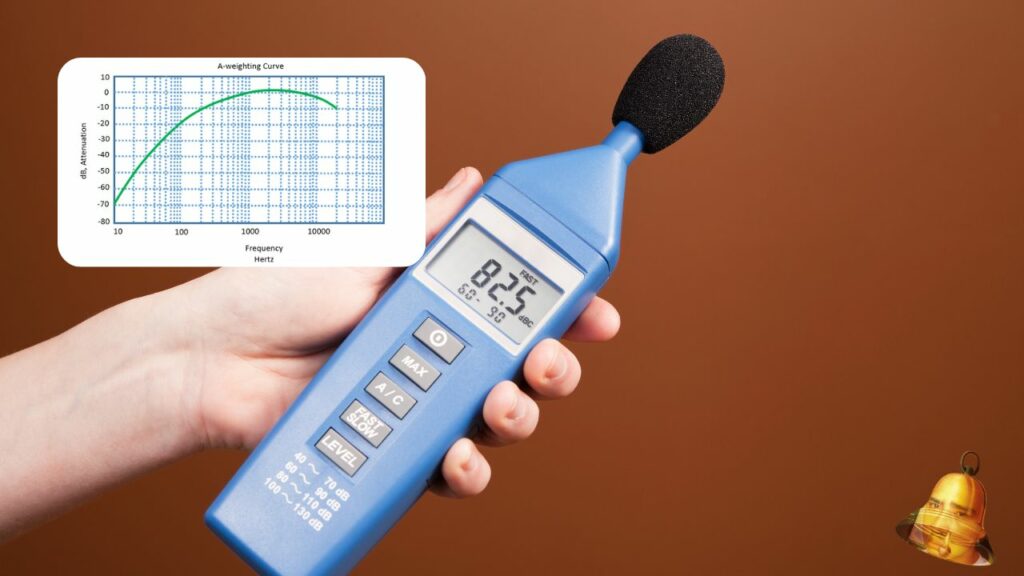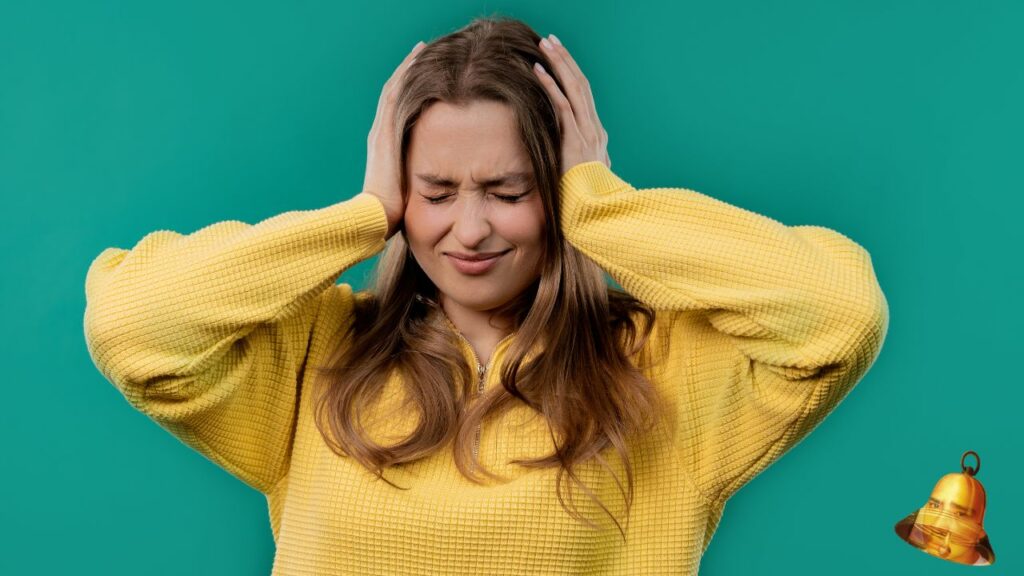Noise is an unavoidable part of everyday life. From the sound of vehicles on the highway to the sound of machinery at work, noise is everywhere. However, not all noise is acceptable to humans. There is a certain limit called the noise threshold value that is acceptable to humans. In this article, we will discuss more about what is the noise threshold value, how noise is measured, and its impact on human health.
What is Noise Threshold Value?
The noise threshold value is the maximum level of noise that can be tolerated by humans without causing disturbance or damage to health. This value is usually measured in decibels (dB). The higher the decibel value, the louder the sound. The noise threshold value varies depending on the environment and duration of exposure. For example, noise in the workplace has a different threshold value than noise in the home environment.
How Noise is Measured

Noise is measured using a device called a sound level meter. This device measures sound pressure and converts it to a decibel value. There are several scales used to measure noise, but the most common is the A-weighted (dBA) scale. This scale is designed to reflect the sensitivity of human hearing to various sound frequencies.
Noise Threshold Values in Various Environments

Noise threshold values vary depending on the environment and activities being performed. Here are some examples of noise threshold values in various environments:
- Home Environment
In a home environment, acceptable noise thresholds are usually between 30 and 40 dBA. Sounds louder than this can disrupt sleep and cause stress. - Workplace
In the workplace, the acceptable noise threshold is usually higher, around 85 dBA for 8 hours of exposure per day. Noise levels higher than this can cause hearing loss and other health problems. - Outdoor Environment
In outdoor environments, such as highways or airports, acceptable noise thresholds typically range from 50 to 70 dBA. Noise levels higher than this can cause communication problems and stress.
Impact of Noise on Health

Noise exposure that exceeds acceptable threshold values can have serious impacts on human health. Here are some of the impacts of noise on health:
- Hearing disorders
Long-term exposure to high levels of noise can cause permanent hearing loss. This is one of the most common effects of noise exposure in the workplace. - Stress and Anxiety
Excessive noise can cause stress and anxiety. Loud, continuous noise can disrupt sleep and cause fatigue. - Cardiovascular Disorders
Research shows that high noise exposure can increase the risk of cardiovascular disorders, such as hypertension and heart disease. - Communication Disorders
High noise can interfere with verbal communication, which can lead to misunderstandings and reduce productivity in the workplace.
How to Reduce Noise Exposure

There are several ways to reduce noise exposure and protect our health. Here are some tips you can try:
- Using Ear Protection
In noisy workplaces or environments, use ear protection such as earplugs or earmuffs to reduce noise exposure. - Arranging the Room Layout
Arrange the layout of your home or workplace to reduce noise. For example, place noisy equipment away from work or sleeping areas. - Using Soundproofing Materials
Use sound-absorbing materials, such as carpeting, thick curtains, or acoustic panels, to reduce noise in the room. - Reducing Exposure Time
Limit exposure time to noise by taking regular breaks and avoiding noisy environments whenever possible.
Conclusion
The acceptable noise threshold value for humans is the maximum noise level that does not cause disturbance or damage to health. Noise is measured in decibels (dB) and varies depending on the environment and duration of exposure. Exposure to noise that exceeds the acceptable threshold value can have serious health impacts, including hearing loss, stress, and cardiovascular disorders. Therefore, it is important to take steps to reduce noise exposure and protect our health. By understanding the noise threshold value and how to reduce it, we can create a more comfortable and healthy environment for ourselves and those around us.


